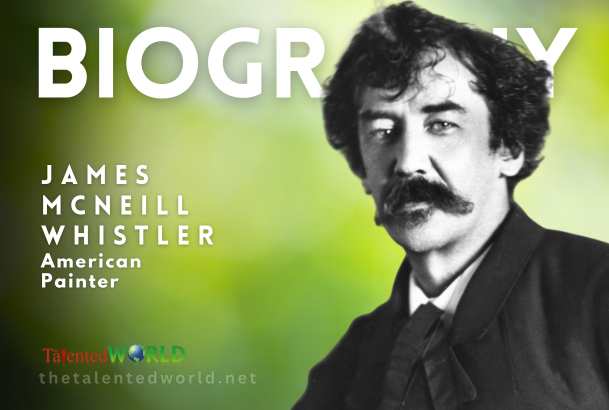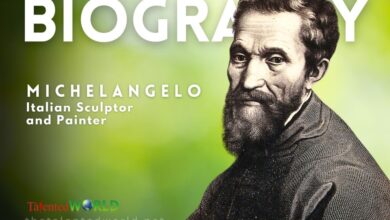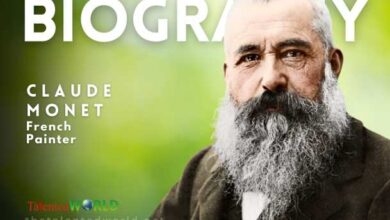| Full Name | James Abbott McNeill Whistler |
| Date of Birth | July 10, 1834 |
| Place of Birth | Lowell, Massachusetts, US |
| Date of Death | July 17, 1903 |
| Place of Death | London, England, UK |
| Nationality | American |
| Education | United States Military Academy, West Point, New York |
| Known for | Painting |
| Notable Work | Whistler’s Mother (Arrangement in Grey and Black No. 1), also known as “Whistler’s Mother” |
| Movement | Founder of Tonalism |
| Spouse | Beatrice Godwin |
| Awards | – 1884: Elected honorary member, Royal Academy of Fine Arts, Munich, Bavaria, Germany |
| – 1892: Made an officer of the Légion d’honneur, France |
| – 1898: Charter member and first president of the International Society of Sculptors, Painters and Gravers |






